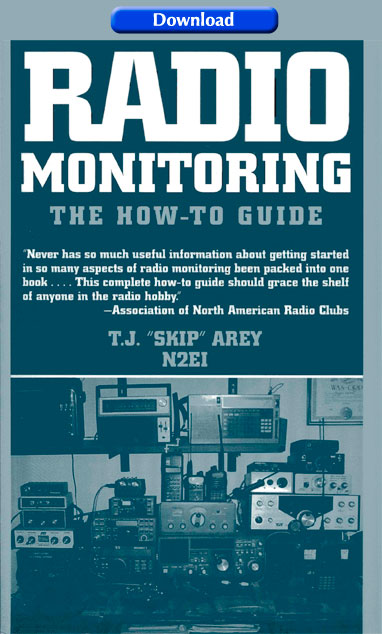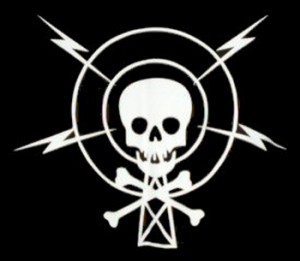THEIR trade was treachery but Cold War spies became box office gold in thrillers like The Ipcress File.
But not even Len Deighton, the novelist who dreamed up the plot, would have placed Aberystwyth at the heart of Soviet era espionage.
Now, after the ultra-secret Government Communications Headquarters opened its doors for the first time, it has been revealed that a Soviet encrypted radio transmitter was found near the coastal town in 1960.
And a further web of intrigue and political scandal has emerged.
The sophisticated transmitter is contained in an in-house museum at GCHQ in Cheltenham.
It was used to send messages to Moscow in the shadowy 1960s Cold War spy era in which bodyguards were known as babysitters, M16 was “the circus”, after nearby Cambridge Circus, and inconspicuous surveillance officers were known as pavement artists.
“This is a simple but robust radio transmitter discovered early in the 1960s in a field near Aberystwyth by a farmer who was ploughing his land,” said GCHQ’s official historian, referred to only as Tony.
“It had obviously been cached there by someone who was working for the Soviets.
“Nobody has a clue who this belonged to, who it was serving, or even which bit of the GRU [Soviet foreign intelligence network] he was working for.”
read
MORE






